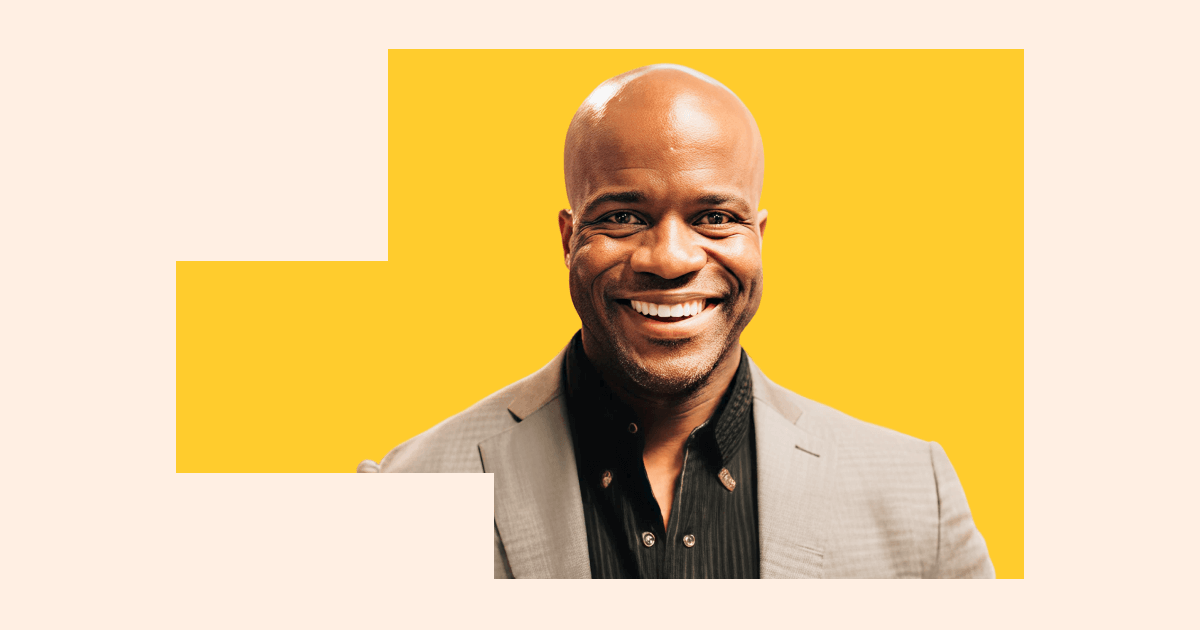Mayor que la suma de sus partes: Al encontrar la alineación del producto


Al igual que los productos son mejores cuando múltiples disciplinas colaboran juntas en sincronía, Catalyst es aún mejor tanto más expertos tengamos para compartir su experiencia. En el episodio de hoy, Clinton es uno de los expertos de la industria Ash Howell, Scott Campagna y Jamie Bernard para discutir por qué las empresas a menudo luchen por alinear sus esfuerzos de productos, diseño e ingeniería y cómo crear armonía en el proceso de desarrollo de productos.
¿Por qué las grandes empresas se consigan con la sinergia?
El proceso de desarrollo de productos en las grandes empresas a menudo es desarticulado y carece de colaboración. En la mayoría de los casos, esto se reduce al dinero, el poder y el ego. Quien esté financiando el proyecto tiende a centrarse más poderamente en su lado de las cosas y dejar a otros fuera, mientras que otros pueden aferrarse demasiado por miedo a perder el control. El proyecto puede fallar, y otros antes que lo hacen, haciendo que los egos se magullen e impidan que algunos busquen ayuda o mejores formas de hacer las cosas la próxima vez.
Cierre las brechas mediante una alineación adecuada
Los objetivos son nebulosos y se desploman a través de las organizaciones, lo que lleva a confusión y falta de precisión en la toma de decisiones. La persona que toma la mayoría de las tomas a menudo es algo desconectada del trabajo real y tiene una visión desalineada de las operaciones, mientras que en el nivel real de botas sobre el terreno, hacen el trabajo en los objetivos. Cuando persisten las brechas, el producto tiene las consecuencias. Alinear metas y objetivos a través de una comunicación clara puede generar más valor.
No vayas solo
Si el ajuste de mercado se ha basado en suposiciones falsas y sesgos equivocados, no vas a generar nada que valga la pena poner en el mercado. Superar esto se encuentra en la etapa de ideación. La creación de equipo de ingeniería, diseño y estrategia de productos con información del consumidor y del negocio desde el principio ayuda a garantizar que sus ideas sean realmente valoradas. También es esencial crear Prototipos y validar al principio del proceso, un paso que muchas empresas pasan por alto. Las decisiones adoptadas sin una hipótesis o datos empíricos pueden conducir a un bajo desempeño.
Para convertir a los adversarios en defensores, deja que los datos hablen
Cuando se establece la riquidad, conocer gente donde están no puede funcionar siempre. Si este es el caso, lo mejor es lider con los hechos y mostrar lo que se está haciendo. Dé los datos y las Estadísticas disponibles sobre los costos de desarrollo, los plazos y los costos de mantenimiento por adelantado para ayudar a informar la toma de decisiones.
Es difícil incluso para la gente más rígida discutir con el valor. Cuando se enfrenta a una oposición obstinada, es mejor anclarse en un resultado comercial específico. Puede que no estés de acuerdo en el enfoque, pero no se trata de tener razón; se trata del resultado final.
Haz un poco de magia
Cuando los equipos están a la par, el desarrollo de productos es una asociación que innova y proporciona valor de una manera que se siente mágica. El viaje no es doloroso, pero no es necesariamente indoloro. Está navegar por los desafíos y evolucionando el producto de nuevas maneras, pero hacemos juntos. Al final, tendrá un equipo de personas que confiaron entre sí, respetaron la capacidad de los demás para hacer el trabajo y se responsabilizan mutuamente en el camino. Pero lo más importante, vas a tener un mejor producto debido a ello.
Como siempre, no olvides suscribirte a Catalyst dondequiera que obtengas tus podcasts. Estrenamos un nuevo episodio todos los martes, repleto de consejos de expertos y conocimientos prácticos para crear experiencias digitales que moren millones.








